Content
Plant genetics
The size and structure of cannabis buds depend largely on the genetic characteristics of the plant, especially the Sativa and Indica subspecies. These two subspecies not only have different effects and growth patterns, but also differ markedly in the shape and density of the buds.
Sativa grows in tropical and subtropical regions such as South America, Southeast Asia and Africa. These environments are characterized by hot climates with plenty of sunlight, which also determines the peculiarities of sativa's appearance. Its plants are usually tall and slender, with thin leaves and a branched structure. Sativa cones tend to be longer and looser, as this helps them to better withstand heat and high humidity, preventing the development of mold. However, because of this airy structure, these inflorescences are often inferior in weight and density to indica cones.
Indica cones, on the other hand, are denser and heavier. Plants of this subspecies have evolved in mountainous regions such as Afghanistan, Pakistan and India, where the climate is cooler and conditions require more compact and stable forms. Indica tends to be bushy and grows lower in height compared to sativa, but produces fleshier and thicker cones. The dense inflorescences provide protection from sudden changes in temperature and humidity.
Genetics also influence the active ingredient content of the buds - such as THC and CBD. While indica is often known for its calming and relaxing effects due to its high THC content, sativa is better known for its stimulating and creative effects. These characteristics can be optimized through breeding and hybridization, creating unique varieties with the desired balance of properties.
Hybrid varieties that combine sativa and indica genes often offer a unique balance. They may inherit the dense buds from indica, but retain more height and branching from sativa, creating more control over bud size and shape.
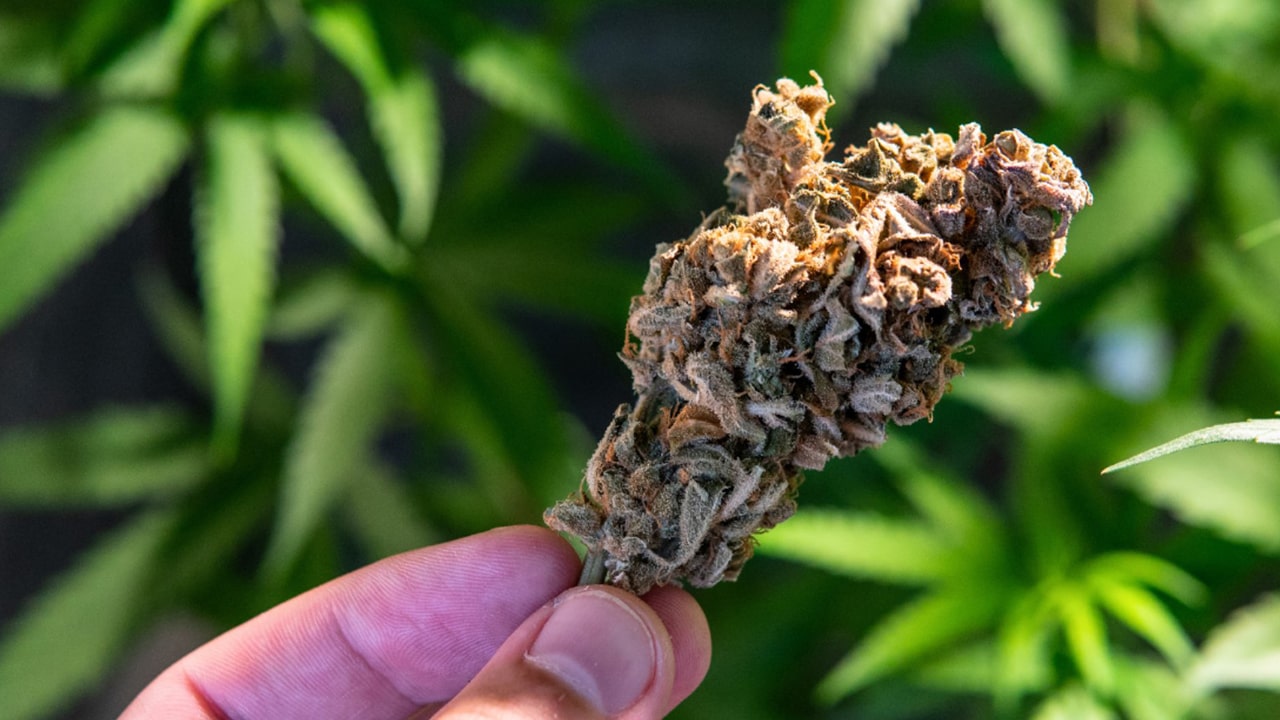
Influence of variety type
In addition to the genetics of the subspecies, the size of cannabis buds largely depends on the type of variety - feminized or autoflowering. These categories differ not only in their growth characteristics, but also in their ability to adapt to different conditions, which is reflected in the final size and density of the inflorescences.
Feminized varieties were created to provide exclusively female plants, as only they produce large and resinous buds. Removing the male genes means that the plant focuses its efforts on inflorescence development rather than seed production. This ensures maximum cone size and density as all resources go into cone formation. Feminized varieties can be either photoperiodic or autoflowering, but most feminized varieties require light adjustments to get into the flowering phase.
The advantages of feminized photoperiodic varieties are that they tend to produce larger and denser buds because they have more time for vegetative growth before flowering begins. Growing these varieties allows you to control exactly when the plant should start flowering, which is especially important when growing indoors (indor). Because photoperiodic feminized varieties require long periods of light and dark, they are better suited for experienced growers who can provide optimal conditions to achieve maximum bud size.
Feminized autoflowering varieties are hybrids that combine feminized genetics with autoflowering genetics, allowing the plant to start blooming regardless of light conditions. Autoflowering plants, due to Ruderalis genetics, have a short life cycle, and this makes them popular for quick harvests. However, due to the short vegetative phase, the buds of autoflowering varieties can be somewhat smaller in size than those of photoperiodic varieties. Modern autoflowering feminized varieties, due to improved breeding techniques, are able to produce larger cones than early autoflowers, but they are still often slightly inferior to feminized photoperiodic varieties in density and size.
Autoflowering varieties are suitable for those looking for ease of care and quick flowering. Unlike photoperiodic varieties, autoflowering varieties start blooming after a certain number of days, regardless of the light cycle. This makes them ideal for beginners.
Autoflowering varieties and bud size - The buds of autoflowering varieties tend to be smaller compared to feminized photoperiodic varieties because they have limited time for vegetative growth before flowering begins. Nevertheless, autoflowers are becoming more and more productive through improved breeding, and some modern autoflowering varieties can produce very decent yields, especially when growing under ideal conditions with the right light and fertilizer.
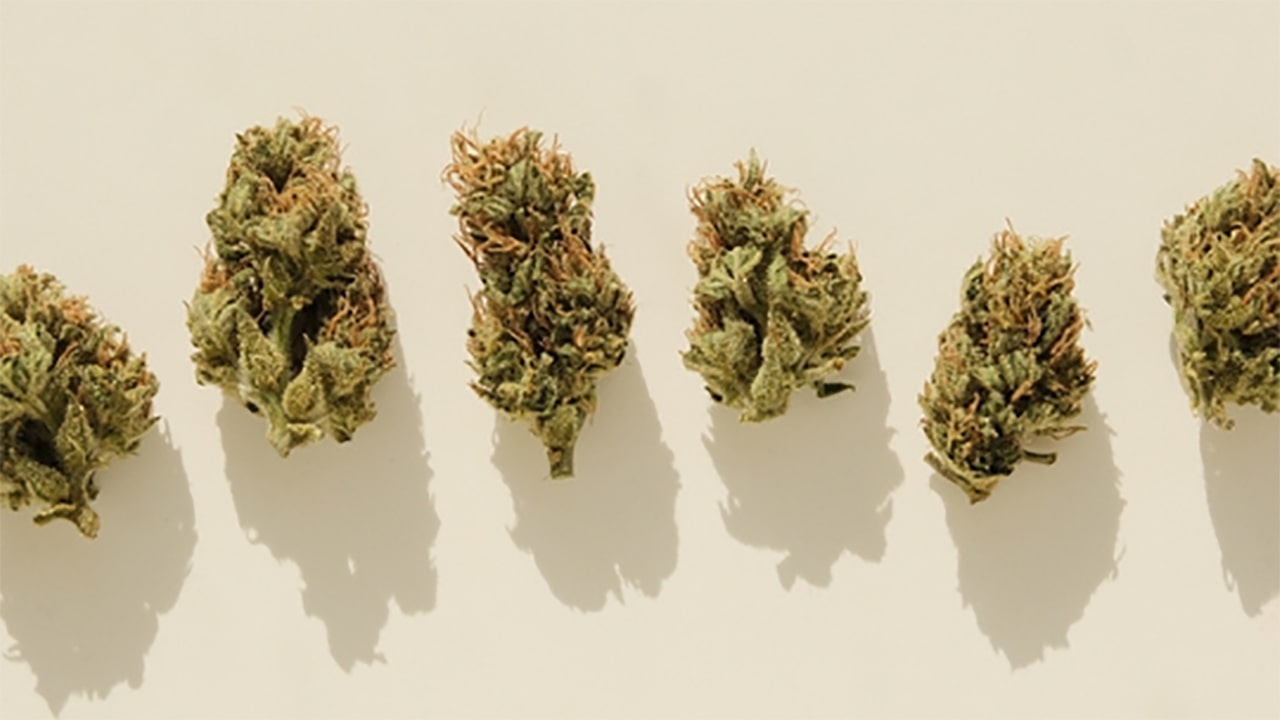
Environmental factors
In addition to genetics and cultivar type, external factors and growing conditions play a key role in the size and density of cannabis buds. Proper care and the maintenance of optimal environmental parameters allow the plant to fulfill its potential and reach its maximum inflorescence size.
Lighting
One of the main factors for producing large buds is light. Cannabis is a light-loving plant, and light intensity directly affects the size and density of the buds. In indora, experienced growers recommend using powerful LED or high-pressure sodium lamps that provide the right spectrum and intensity of light. Lack of light results in fewer trichomes and a more airy cone structure. Experienced cultivators often use supplemental light sources to evenly light all parts of the plant, which promotes more uniform inflorescence growth.
For outdoor (outdoors) plants, natural sunlight is the ideal light source, especially for sativa varieties, which can grow tall and receive more light. The important parameter is to choose a site where the plants will receive at least 6-8 hours of direct sunlight per day.
Temperature and humidity
Temperature and humidity play an important role in the growth and flowering of cannabis. During the flowering phase, temperatures should remain between 18 and 26°C to increase bud size. Too high a temperature can negatively affect the development of trichomes and resin, making the buds less aromatic and dense. It is also important to control humidity: during the flowering stage, it is recommended to keep it at 40-50% to prevent mold development and ensure dense buds. In the last weeks of flowering, many cultivators reduce the humidity to 30-40% to stimulate resin production.
Fertilizers and nutrients
Cannabis requires nutrients such as nitrogen, phosphorus, and potassium to grow healthy and produce large buds. Phosphorus is especially important during the flowering stage, helping to produce larger, denser buds, as is potassium, which supports the overall health of the plant and its resistance to stress. Many fertilizer manufacturers produce special lines for flowering plants, making it easy to balance the necessary elements. It is important not to overfeed the plants, as too much fertilizer can cause root burns and stress, which will negatively affect the size of the buds.
Pruning and training techniques
Proper use of pruning and training techniques (such as topping, LST, ScroG) allows you to direct more resources to the main buds. For example, topping (pinching the top of the plant) helps the plant develop several main buds instead of one, which can increase the overall yield. Low Stress Training (LST) or Screen of Green (ScroG) help distribute light throughout the plant mass and encourage uniform bud growth, which is especially important in limited space.
Air flow and ventilation
Good ventilation helps strengthen plants and prevents fungi and mold from developing. Fresh air and a regular flow of wind strengthen the stems and root system, which helps grow larger buds. In the open air, this is provided by natural wind, but indoors, using fans helps recreate similar conditions.
Watering
Watering is also important for the overall health of the plant and the size of the buds. Lack of water leads to stress, which slows down growth and negatively affects the quality of the inflorescences. Excessive watering can lead to root rot, which also worsens the condition of the plant. It is important to maintain optimal moisture levels in the soil so that the plant receives enough water to maintain metabolism, but does not suffer from excess moisture.
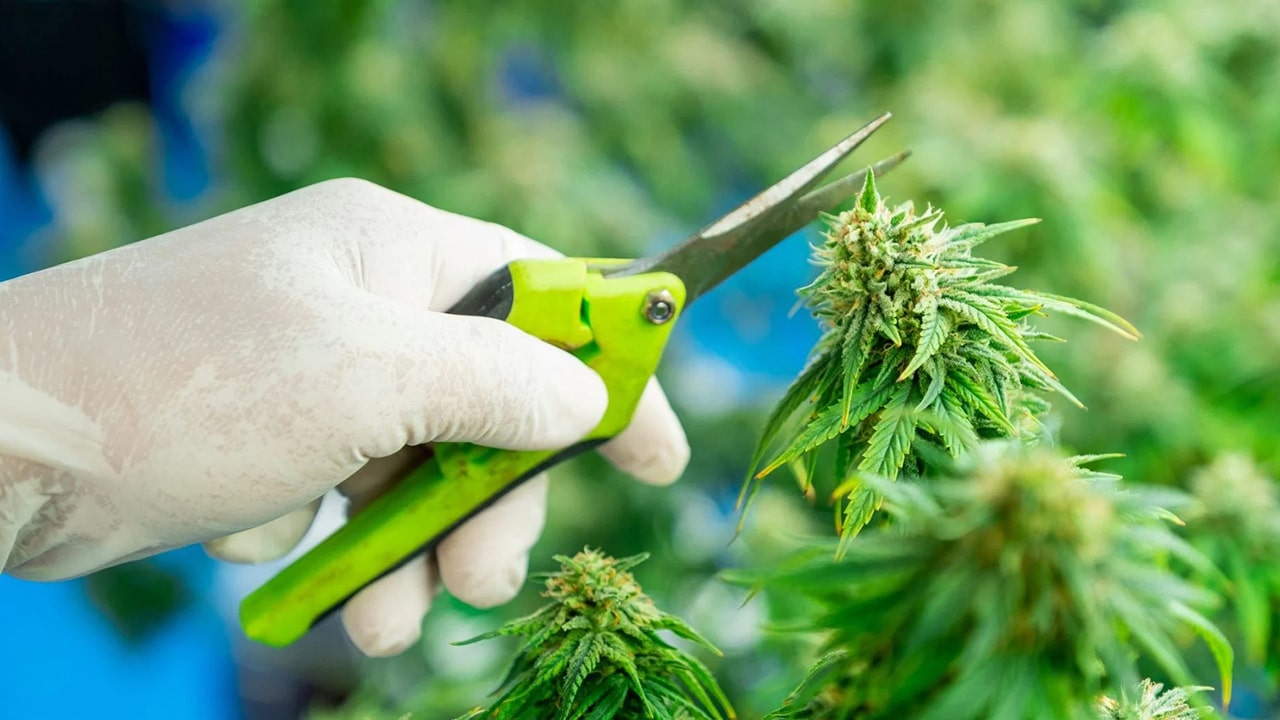
WARNING! Errors Seeds does not encourage or encourage you to grow cannabis. Cultivation is prohibited by the legislation of Ukraine. The article is only of scientific and educational interest.
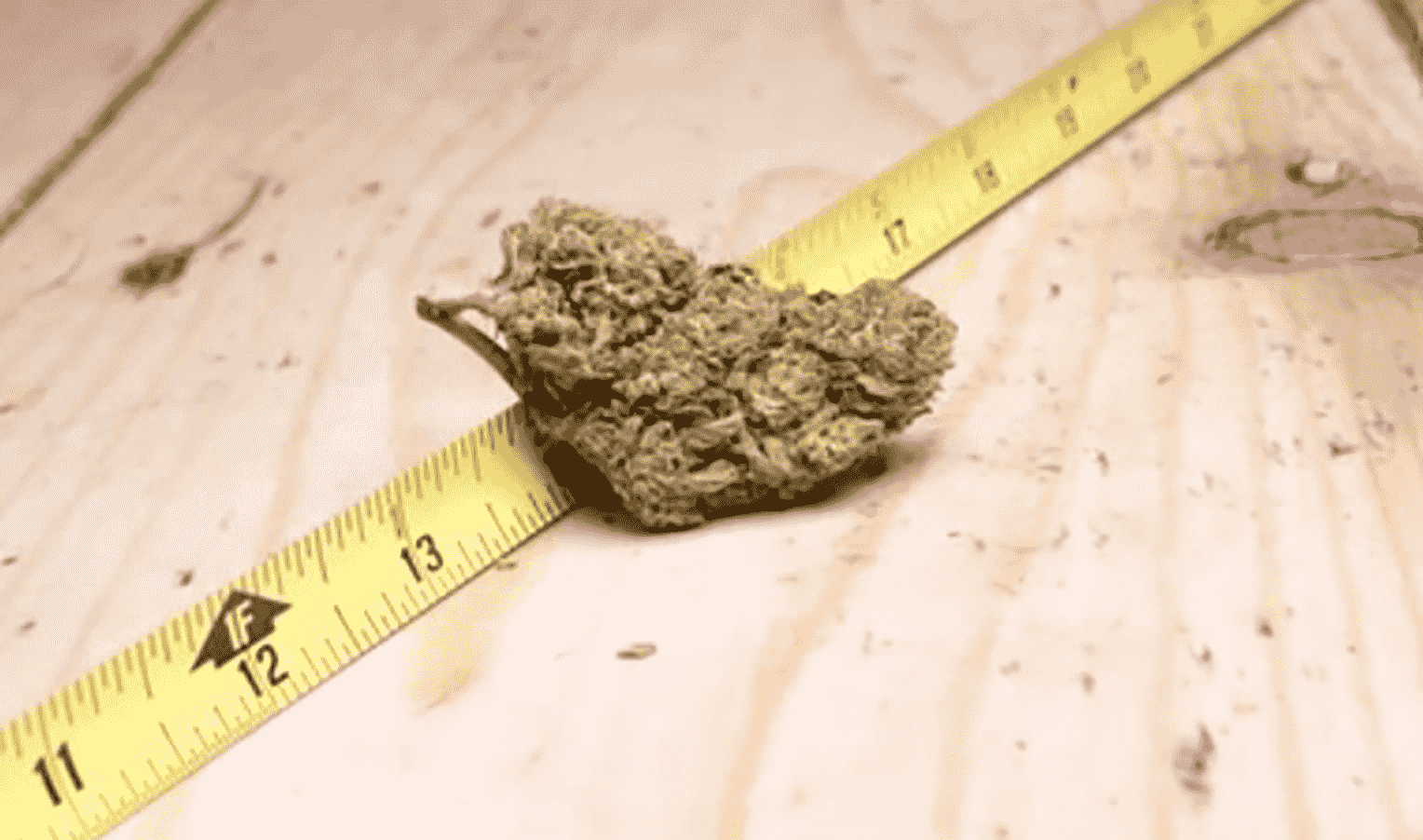
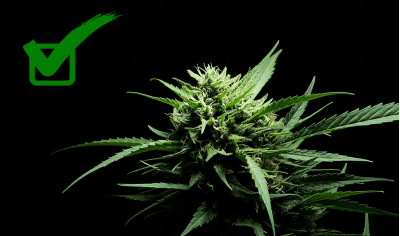
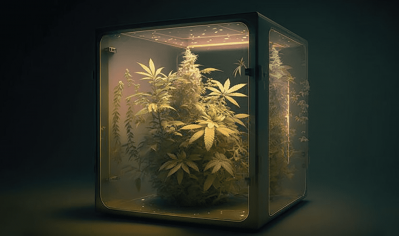
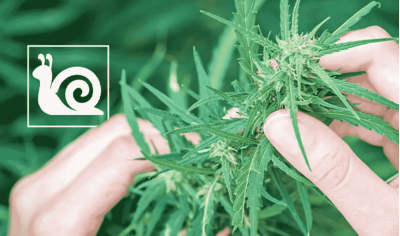
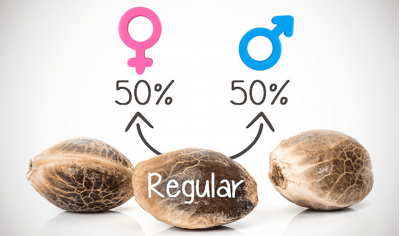
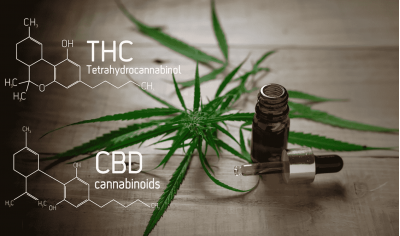
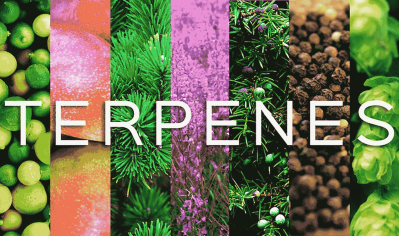
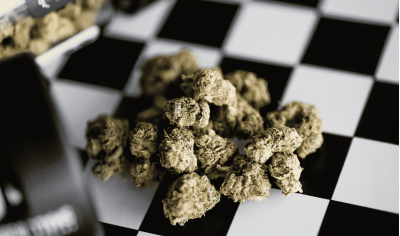
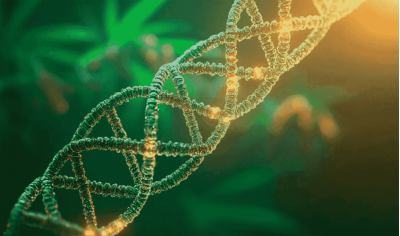
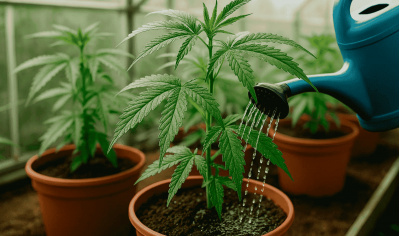
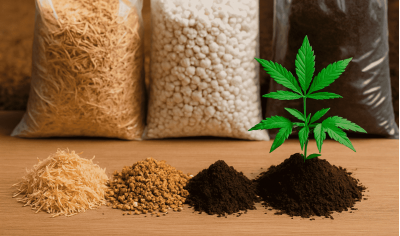
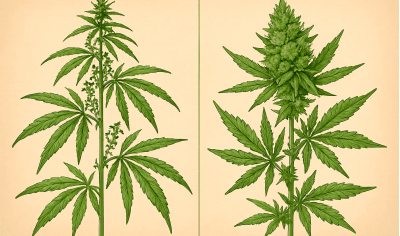


Write a comment